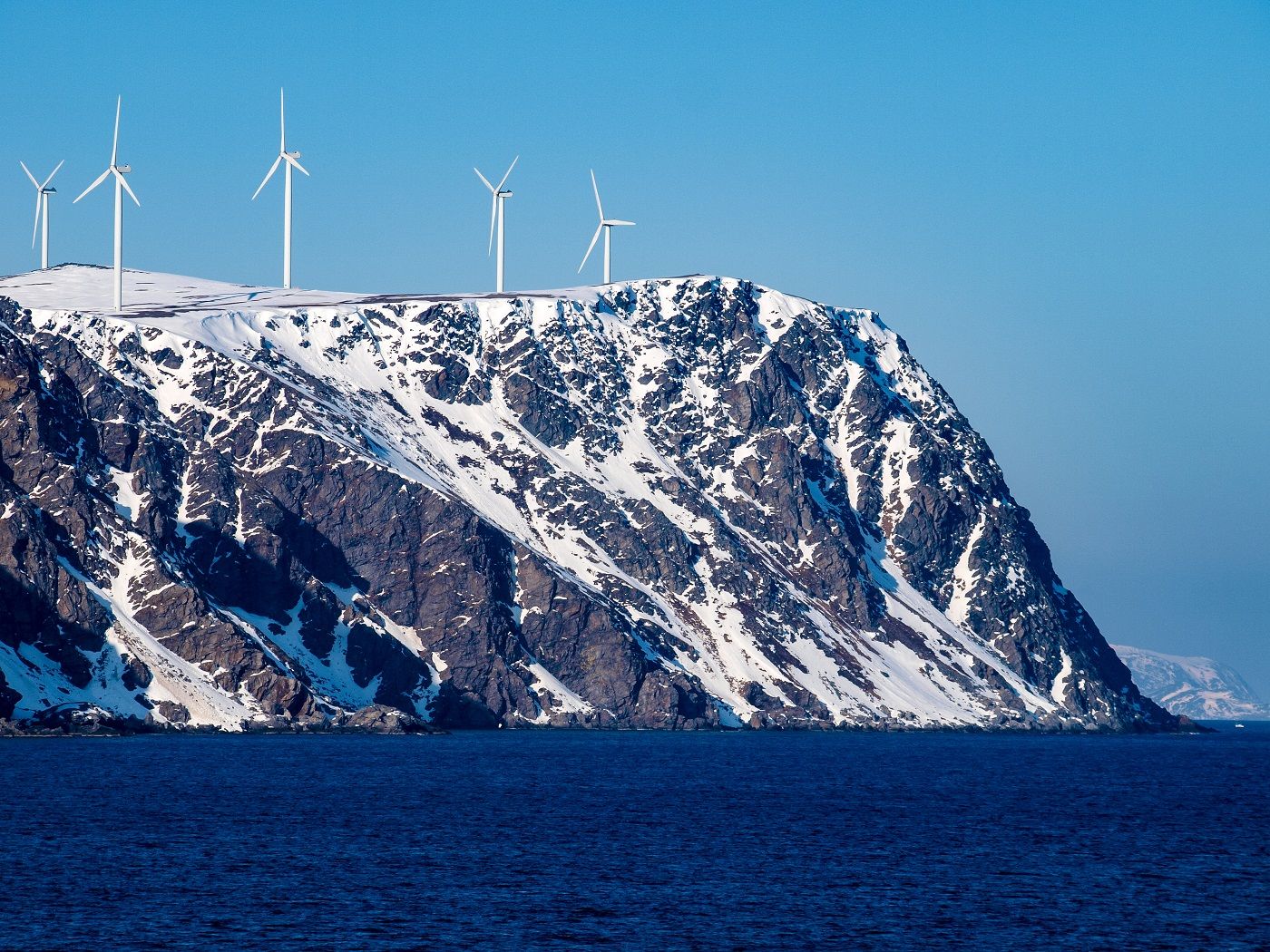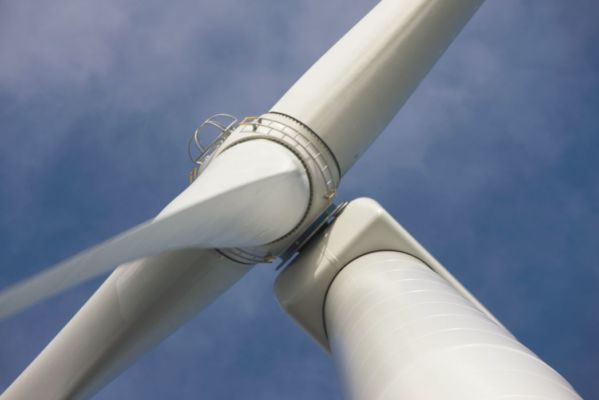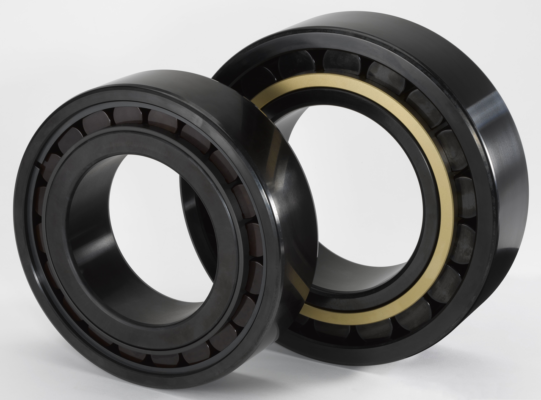From the depths of the Xinjiang province to the peaks of the Balkan Mountains, wind turbines now operate in remote places on every continent. As a result, they are not only exposed to wind, but also to other extreme weather conditions. This becomes a problem due to the technology coming under threat of failure when in a location faced with strong winds.
Harsh weather meets sensitive machinery
Icing, constantly changing winds, and extreme temperature fluctuations put machines through a challenging durability test. Even massive components within the nacelle are affected. High heat in the summer and harsh cold in the winter compromise the functionality of parts. The biggest challenge is ensuring bearings are not negatively affected by environmental factors and that they maintain their preload settings.
The significant temperature fluctuations affect the material by expanding or compressing it. Consequently, the contact of the tapered roller bearings within the unit is either too weak or too strong. The result is that sliding occurs and the friction between individual components causes wear on the seals and raceways, eventually leading to premature failure. To ensure wind turbine availability even in extreme conditions, advances need to be made to current rolling-element bearing technology.
Maintaining accuracy in extreme situations
Many companies are researching this field and looking to develop products to deal with these factors. Indeed, there are ways around the issues that extreme conditions present. Raceways can be adapted to optimize load distribution and kinematics. This means that bearings function normally and always roll – even when temperatures fluctuate between -40°C and +40°C and wind speeds continuously change. Consequently, this offers wind farm operators the reliability they need – particularly if their facilities are in remote locations.
Eolotec, a company that develops rolling-element bearings for wind turbines, has made significant progress in developing a solution to achieve normal functionality in extreme conditions. The new design went into production this year with the aim of increasing wind turbine reliability and reducing maintenance costs for operators. So far, the prototype is in operation in the Balkans at an altitude of 1,400 meters and seems unaffected by the environmental factors it has faced.
Breaking new boundaries with better technology
For the wind industry, successes such as these present more opportunities. Over the last year, more money was invested in wind power than nearly any other sector. If wind can be used efficiently in the future, even in such extreme situations, the map of profitable locations will considerably expand. This means that there will not only new business options, but also more opportunities for renewable energy throughout the world.



